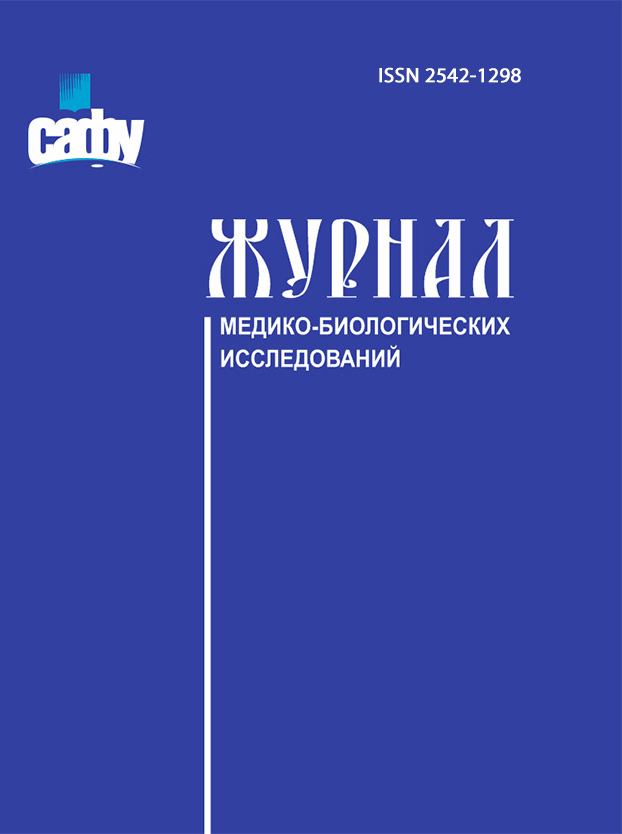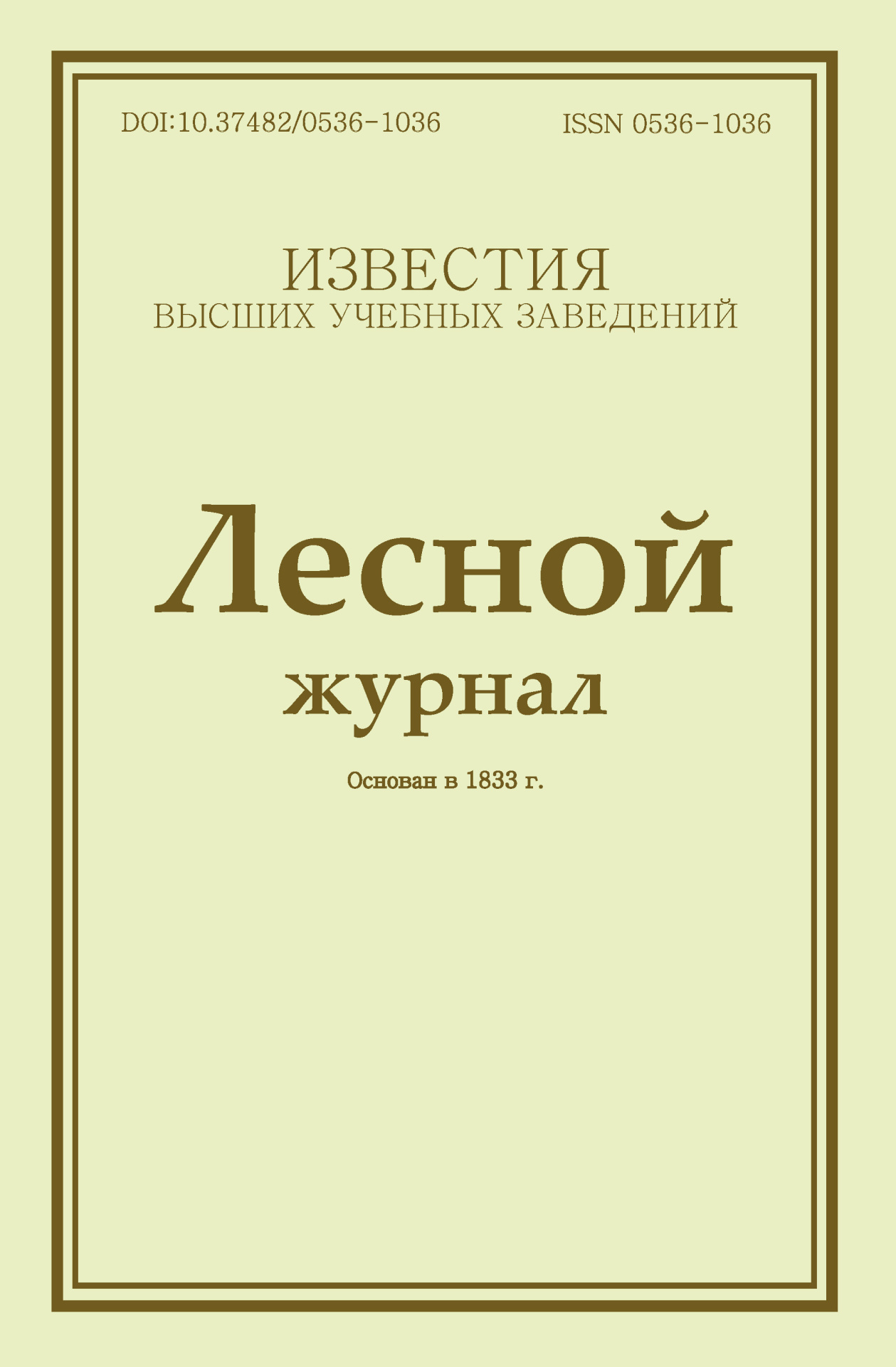
 

Legal and postal addresses of the founder and publisher: Northern (Arctic) Federal University named after M.V. Lomonosov, Naberezhnaya Severnoy Dviny, 17, Arkhangelsk, 163002, Russian Federation
Editorial office address: Vestnik of Northern (Arctic) Federal University. Series "Humanitarian and Social Sciences", 56 ul. Uritskogo, Arkhangelsk
Phone: (8182) 21-61-20, ext. 18-20
E-mail: vestnik_gum@narfu.ru
https://vestnikgum.ru/en/
|
Long-Term Factors of Intra-Regional Migration Within the Arkhangelsk Region in the 20th Century. P. 5–14
|
 |
Section: History
Download
(pdf, 2.6MB )
UDC
314.727
Authors
Vereshchagin Ilya Fedorovich
Institute of Social, Humanitarian and Political Sciences,
Northern (Arctic) Federal University named after M.V. Lomonosov (Arkhangelsk, Russia)
e-mail: zapgu@yandex.ru
Abstract
The adverse migration situation in the Arkhangelsk Region is already perceived as a serious problem. However, both scientific and journalistic literature pays more attention to the interregional migration than to the intraregional one. This article reveals the logic of the chain of population replacement from the smallest towns to the administrative centre of the region using the examples of the Vilegodsky and Plesetsky districts. The author dwells on periodization of forming the population in the European North of Russia as well as on the changes in the administrative boundaries of the region. The focus of this article is on the long-term factors of intraregional migration within the Arkhangelsk Region over the 20th century. In terms of duration, all the factors can be divided into permanent (or unchangeable), temporary (or slowly changing), and variable. In addition, each territory is affected by various groups of push and pull factors of migration. They determine whether groups of people or individuals come to or leave the areas. The first long-term (slowly changing) factor affecting the intraregional migration in the Arkhangelsk Region is transport infrastructure; the second one is natural conditions. These are rather ambiguous and could be both push and pull factors. The third factor is the socioeconomic potential of the region. Both agriculture and traditional industries of the North had throughout the 20th century determined migration flows and trends. Within the framework of these factors, the author looks at a number of problems in the region that had been observed during the 20th century.
Keywords
Arkhangelsk Region, migration factors, population settlement
References
- Ravenstein E.G. The Laws of Migration. Journal of the Statistical Society of London, vol. 48, no. 2, pp. 167–235.
- Galeva N.E. Osobennosti formirovaniya narodonaseleniya Evropeyskogo Severa Rossii [Features of Forming the Population in the European North of Russia]. Ekologiya kul’tury, 2007, no. 2, pp. 106–115.
- Obedkov A.P. Etapy i osobennosti formirovaniya naseleniya Rossiyskogo Severa [Stages and Features of Forming the Population in the Russian North]. Geografiya v shkole, 2009, no. 1, pp. 10–14.
- Fauzer V.V. Faktory migratsii naseleniya severnykh regionov [Factors of Migration of the Northern Regions’ Population]. Ekonomicheskie i sotsial’nye peremeny: fakty, tendentsii, prognoz, 2010, no. 3, pp. 138–144.
- Lee E.S. A Theory of Migration. Demography, 1966, vol. 3, no. 1, pp. 47–57.
- Pamyatnaya knizhka Arkhangel’skoy gubernii na 1910 god [The Memorial Book of the Arkhangelsk Region for 1910]. Arkhangelsk, 1910. 303 p.
- Pamyatnaya knizhka Arkhangel’skoy gubernii na 1907 god [The Memorial Book of the Arkhangelsk Region for 1907]. Arkhangelsk, 1907. 175 p.
- Pereselenie v Arkhangel’skuyu guberniyu [Migration to the Arkhangelsk Province]. Arkhangelsk, 1929. 24 p.
- Popova I.V. Gosudarstvennaya politika zanyatosti na Evropeyskom severe v 1960–1970-e gg. [State Employment Policy in the European North in the 1960– 1970s]. Izvestiya Rossiyskogo gosudarstvennogo pedagogicheskogo universiteta im. A.I. Gertsena, 2011, no. 127, pp. 62–67.
- Mikhaylov E.I. Razvitie Evropeyskogo Severa Rossii v XX veke: migratsionnyy aspekt [Development of the European North of Russia in the 20th Century: Migration Aspect]. Zhivushchie na Severe: vyzov ekstremal’noy srede: sb. st. [Living in the North: The Challenge of Extreme Environment: Collected Papers]. Murmansk, 2005, pp. 17–26.
- Smirnova V.V. Naselenie regional’nykh tsentrov Evropeyskogo Severa Sovetskoy Rossii v 1920-e gody [Population of the Regional Centres of the European North of Soviet Russia in the 1920s]. Vestnik Severnogo (Arkticheskogo) federal’nogo universiteta. Ser.: Gumanitarnye i sotsial’nye nauki, 2013, no. 6, pp. 18–22.
- Smirnov V.I. Gorod Arkhangel’sk v nachale 30-kh godov XX stoletiya (iz zapisok ssyl’nogo kraeveda) [Arkhangelsk in the Early 1930s (from the Notes of an Exiled Regional Ethnographer)]. 2nd ed. Arkhangelsk, 2012. 52 p.
- Mustakov D.Ya. V reshitel’nom nastroenii [Being Determined]. Severnyy komsomolets, 1960, no. 69, p. 1.
- Popov A.A. Rasselencheskie faktory kul’turno-bytovogo sostoyaniya sela na Evropeyskom Severe Rossiyskoy Federatsii v 60–80-e gody [Settlement Factors of Cultural and Community Status of the Village in the European North of the Russian Federation in the1960s–1980s]. Problemy istoricheskoy geografii i istoricheskoy demografii Evropeyskogo Severa Rossii [Issues of Historical Geography and Historical Demography in the European North of Russia]. Syktyvkar, 1992, pp. 28–29.
- Dobrov V.V., Pokrovskaya, I.P. Khozyaystvennoe osvoenie i zaselenie territorii Evropeyskogo Severa za 60 let Sovetskoy vlasti [Economic Development and Settlement in the European North over 60 Years of Soviet Power]. Voprosy istorii Evropeyskogo Severa: mezhvuz. nauch. sb. [Issues of the European North History: Interuniversity Collected Papers]. Petrozavodsk, 1978, pp. 140–146.
- Preminina Ya.K. Sovremennyy demograficheskiy krizis v Arkhangel’skoy oblasti [Modern Demographic Crisis in the Arkhangelsk Region]. Vestnik Pomorskogo universiteta. Ser.: Estestvennye nauki, 2010, no. 4, pp. 20–26.
|
Make a Submission











Journal of Medical and Biological
Research

Forest Journal

Arctic and North


|







